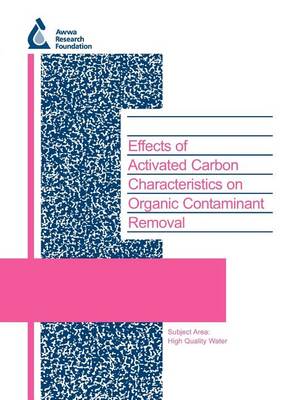Many water treatment plants need to remove objectionable trace organic compounds, and activated carbon adsorption is often the best available technology. Utilities face the challenge of having to choose from a large variety of activated carbons, and iodine number or BET surface area values are often utilized in the selection process. Although neither parameter correlates well with adsorption capacities, alternative activated carbon selection criteria based on fundamental adsorbent and adsorbate properties are lacking to date. The first objective of this research was to systematically evaluate the effects of activated carbon pore structure and surface chemistry on the adsorption of two common drinking water contaminants: the relatively polar fuel oxygenate methyl tertiary-butyl ether (MTBE) and the relatively nonpolar solvent trichloroethene (TCE). The second objective was to develop simple descriptors of activated carbon characteristics that facilitate the selection of suitable adsorbents for the removal of organic contaminants from drinking water.Originally published by AwwaRF for its subscribers in 2003 This publication can also be purchased and downloaded via Pay Per View on Water Intelligence Online - click on the Pay Per View icon below
- ISBN10 1843398419
- ISBN13 9781843398417
- Publish Date 1 January 2004
- Publish Status Out of Print
- Out of Print 15 June 2021
- Publish Country GB
- Imprint IWA Publishing
- Format Paperback
- Pages 100
- Language English
